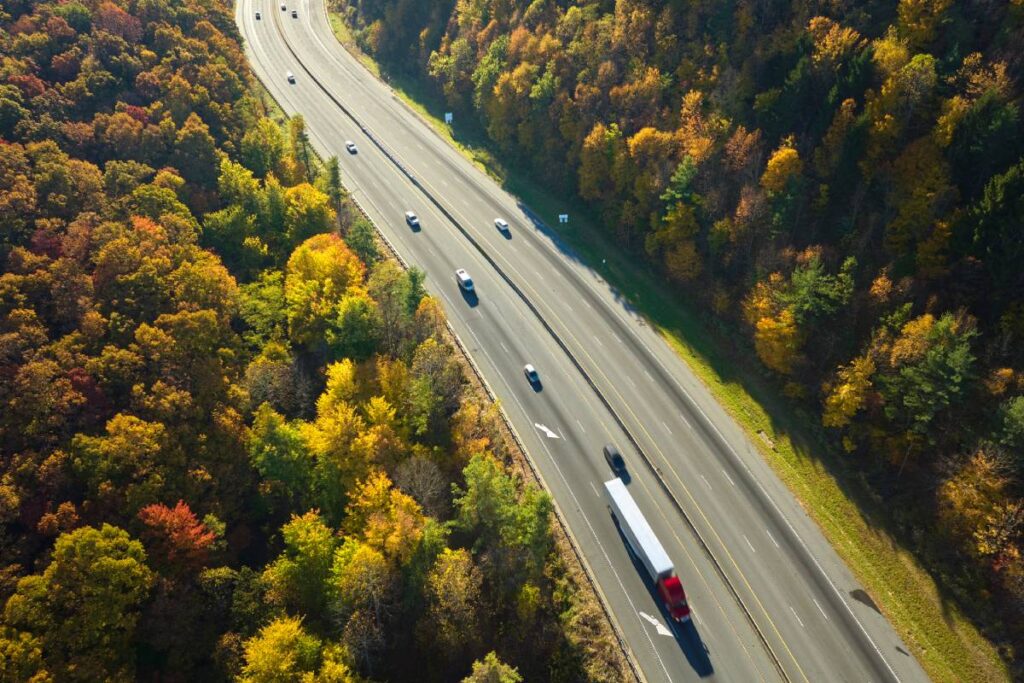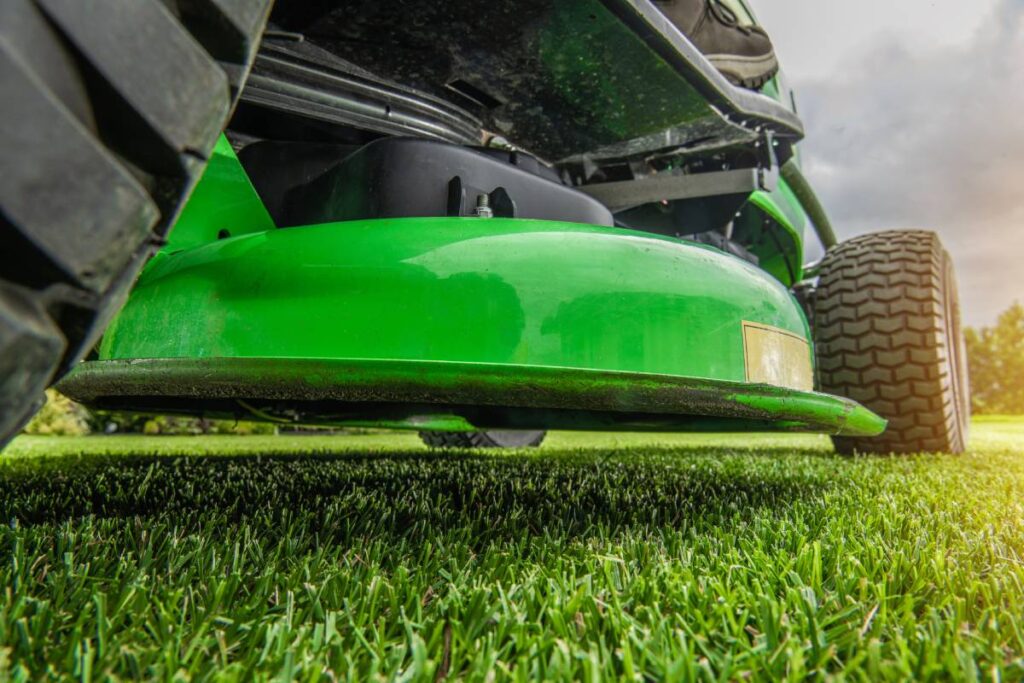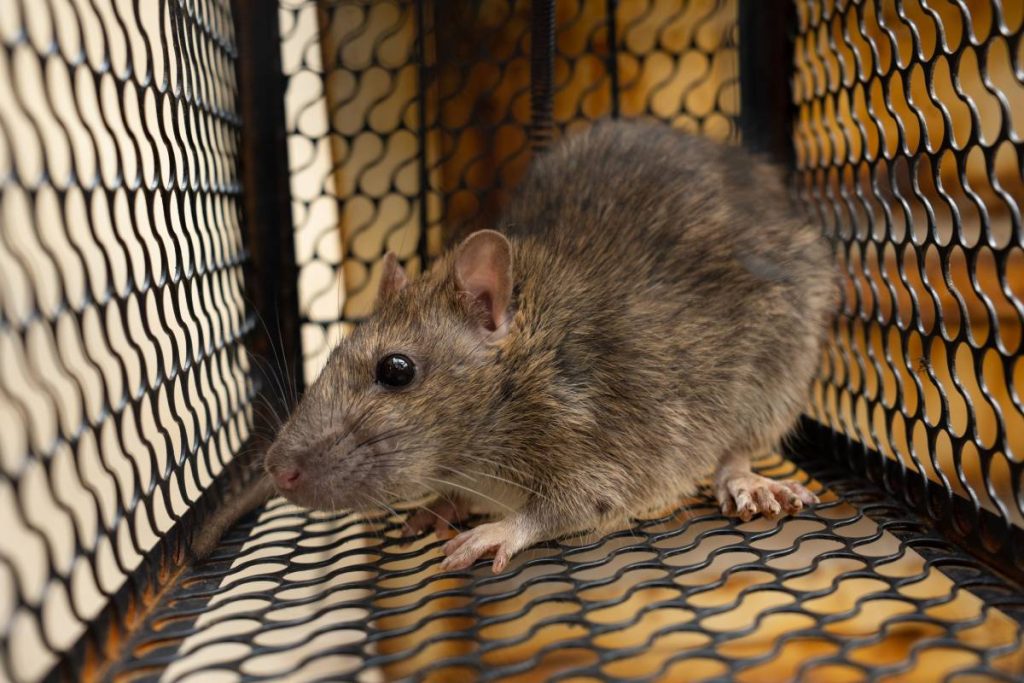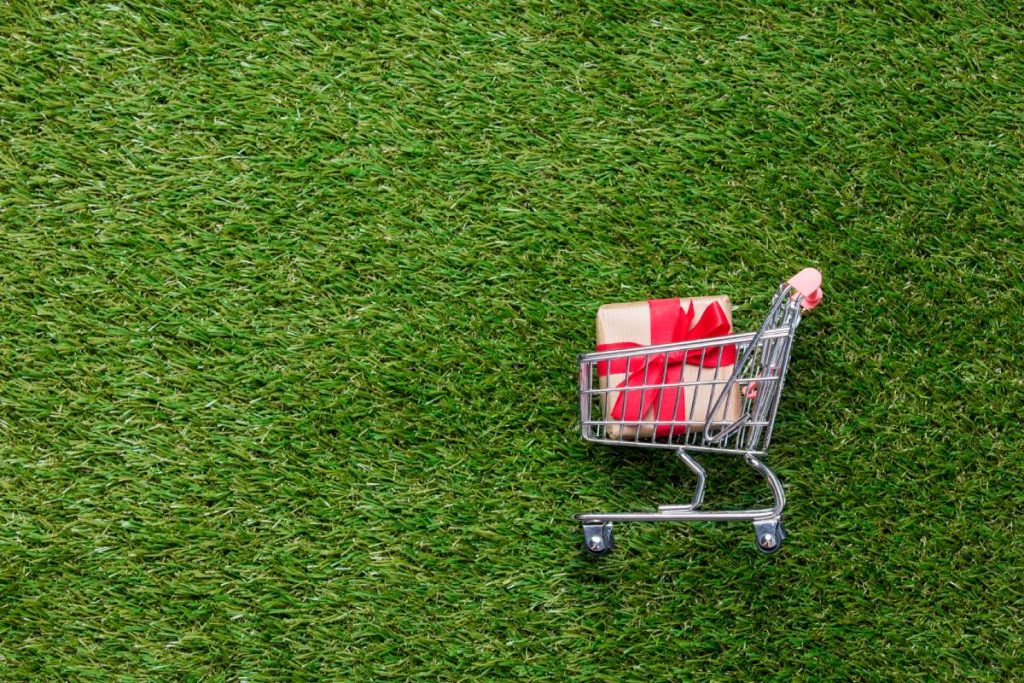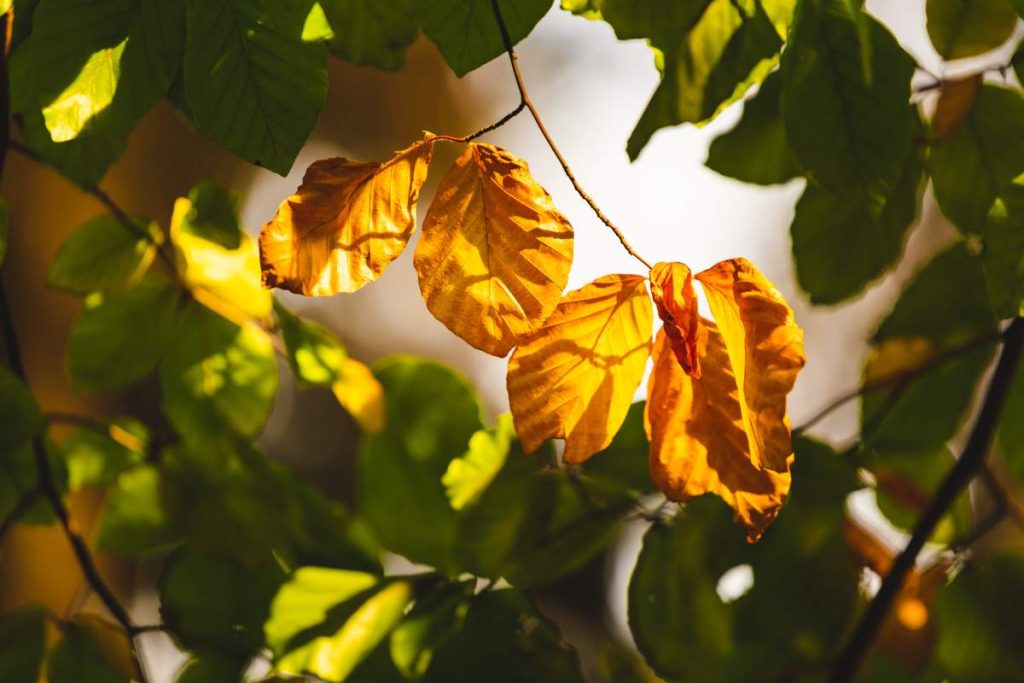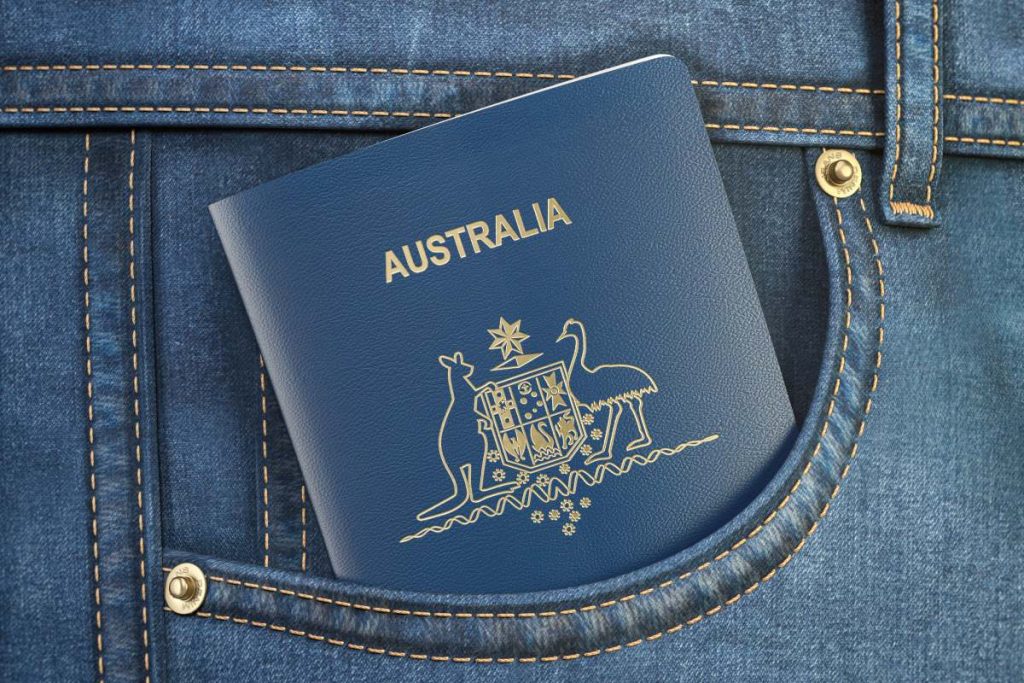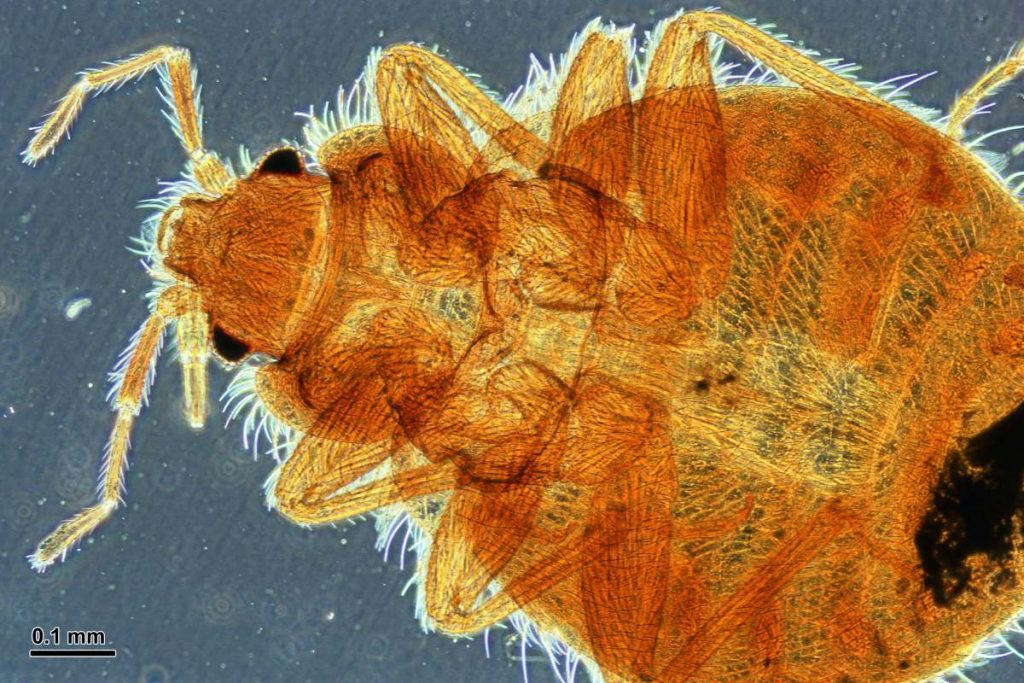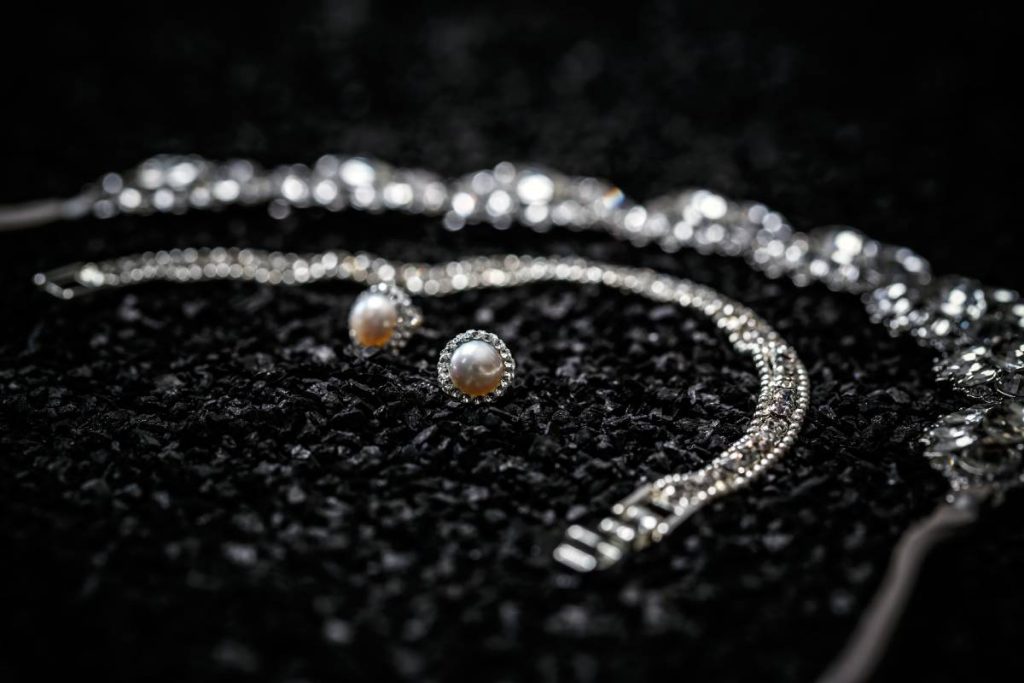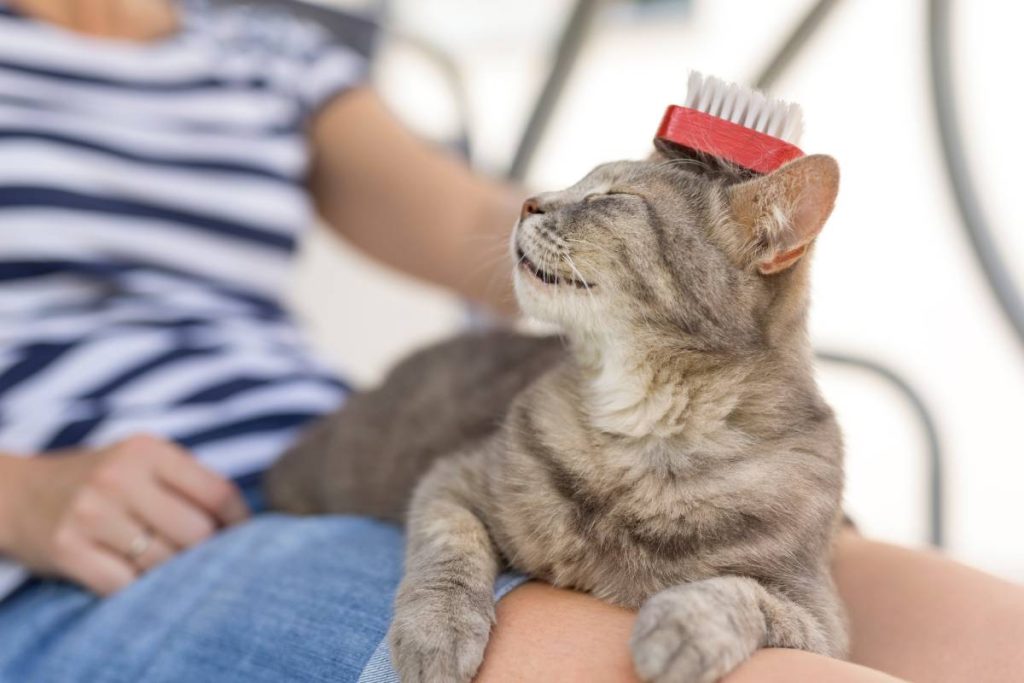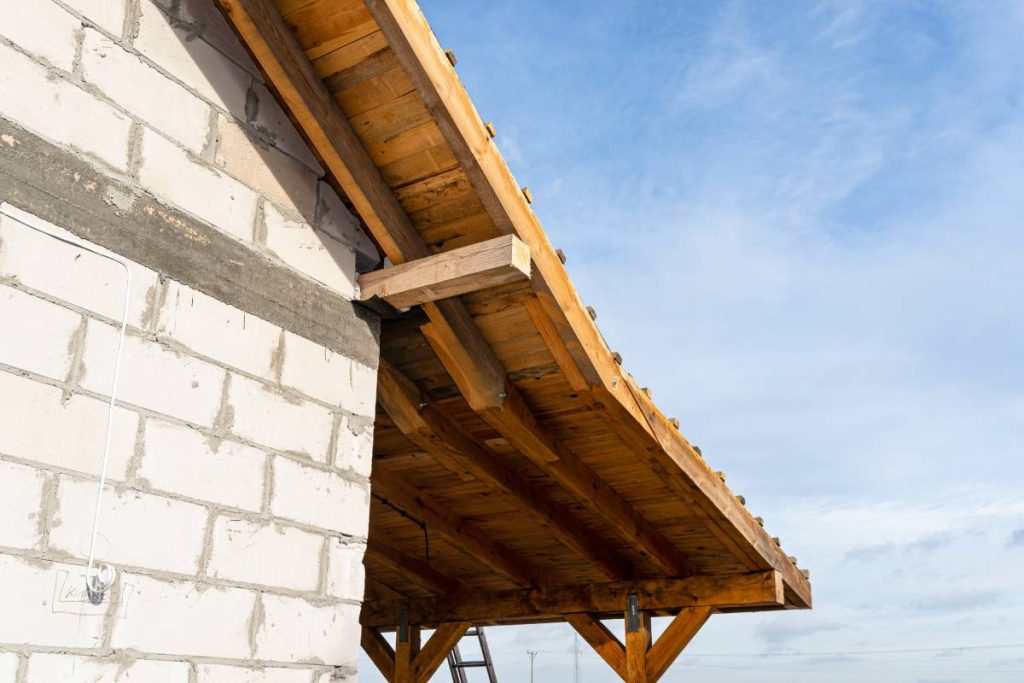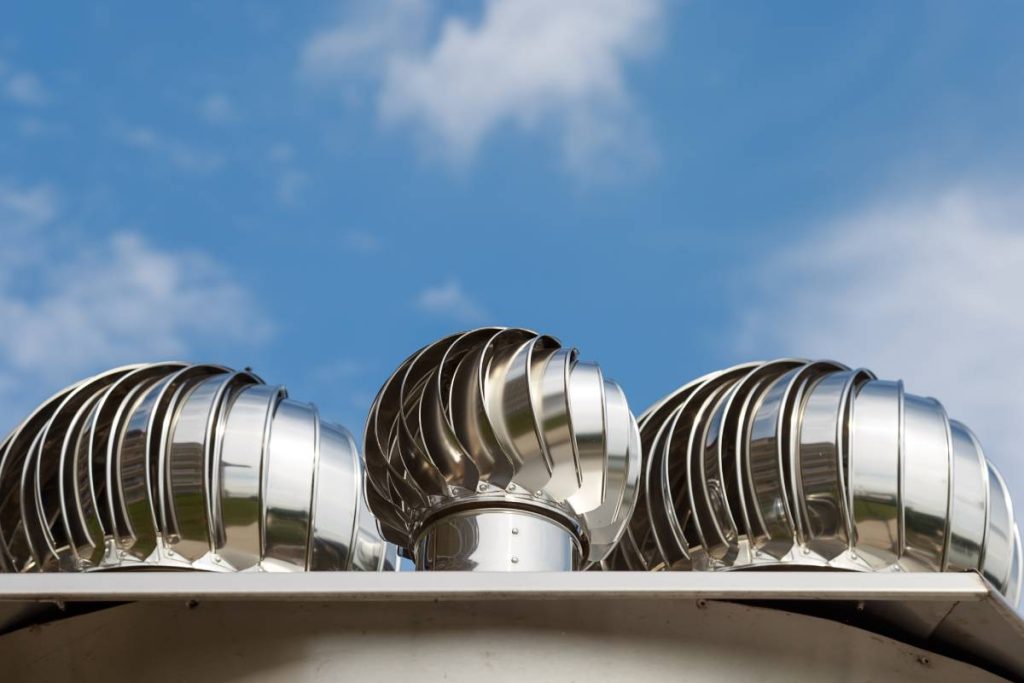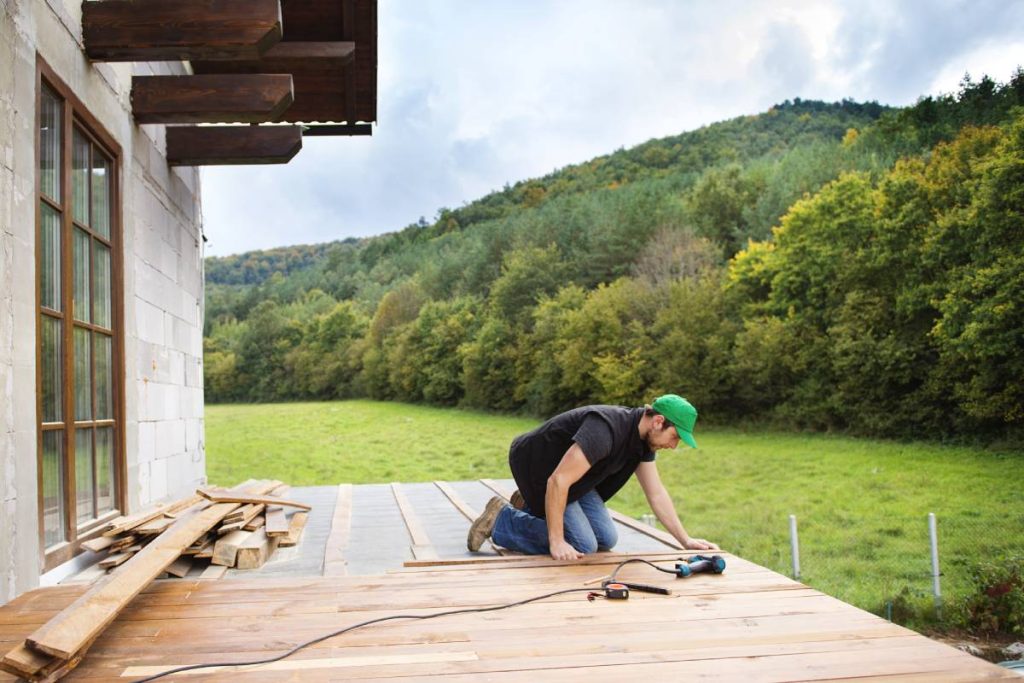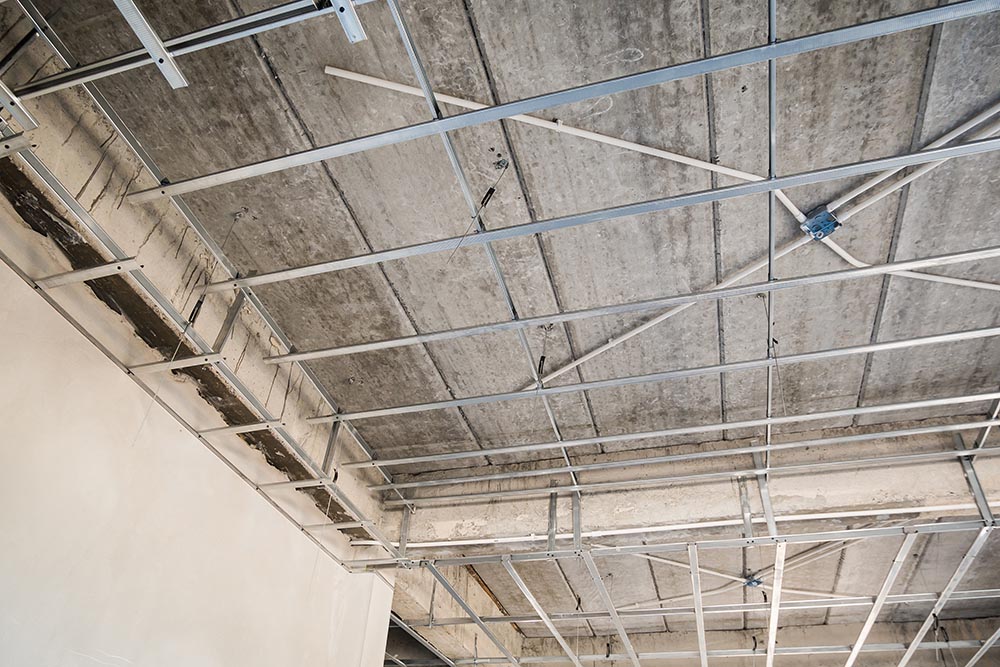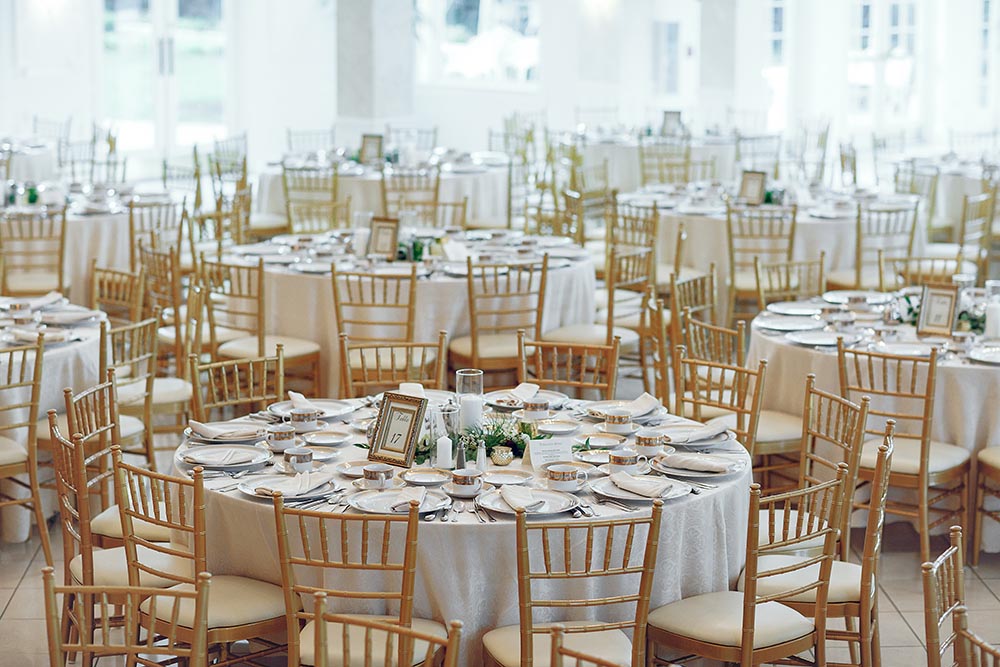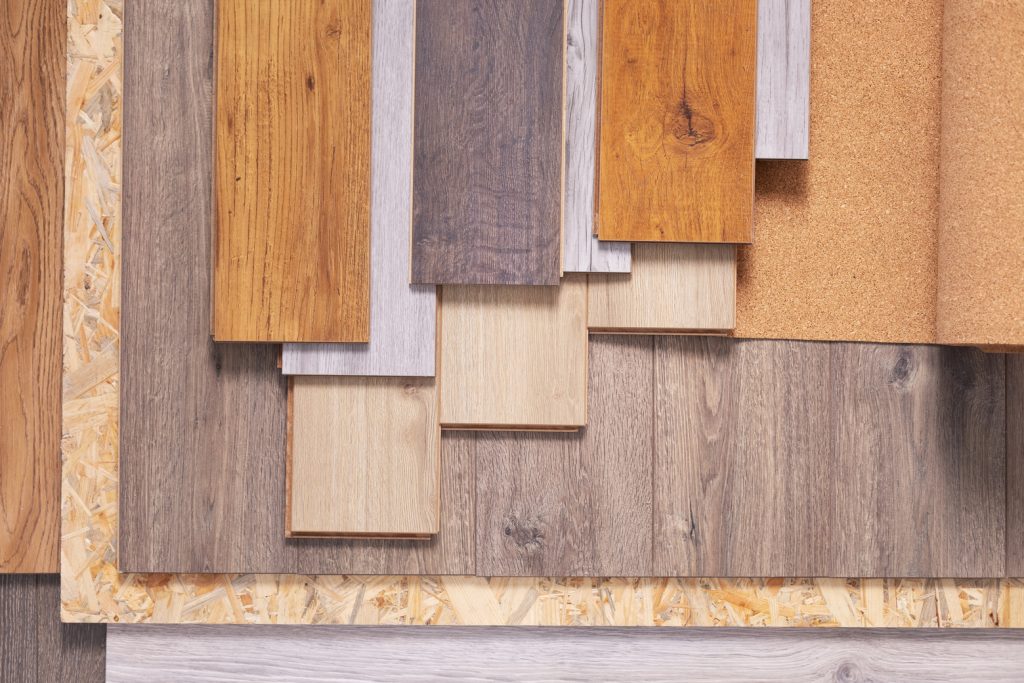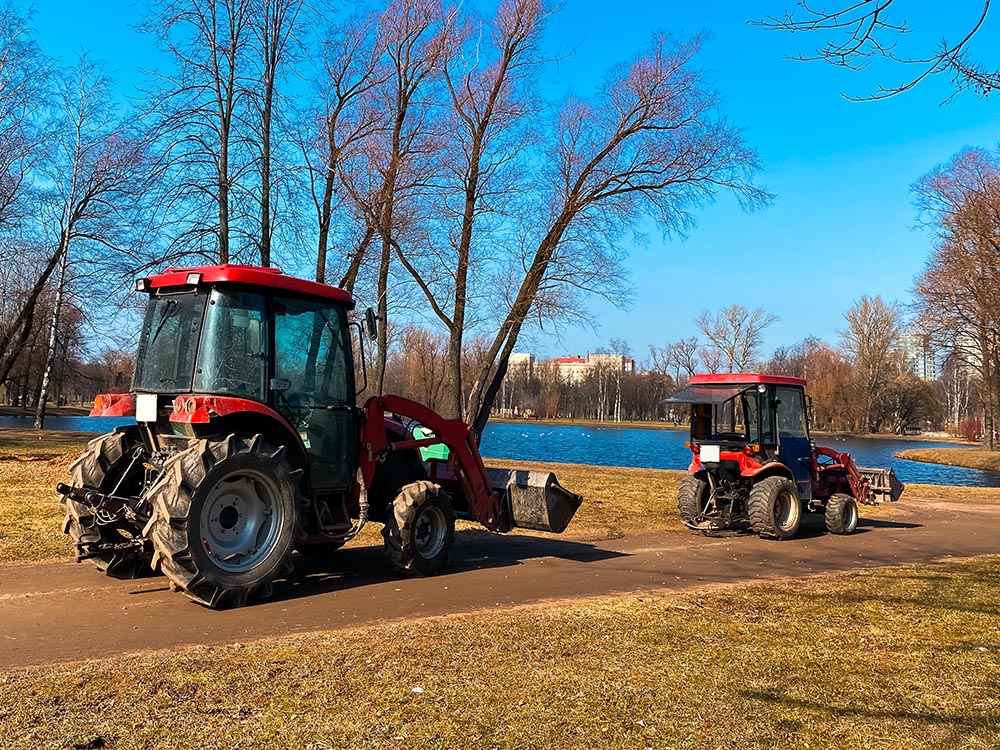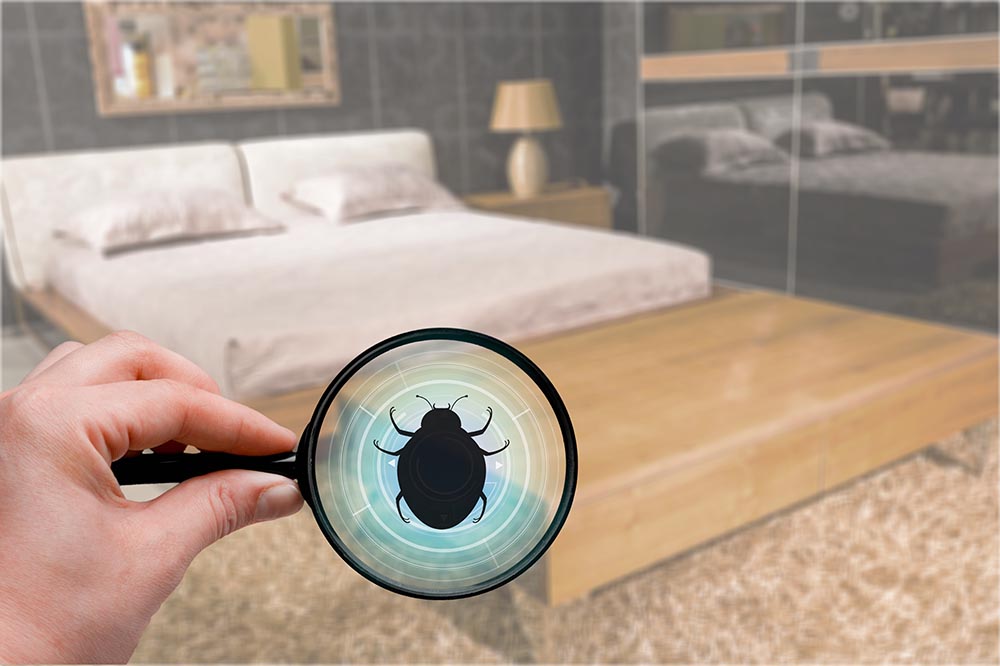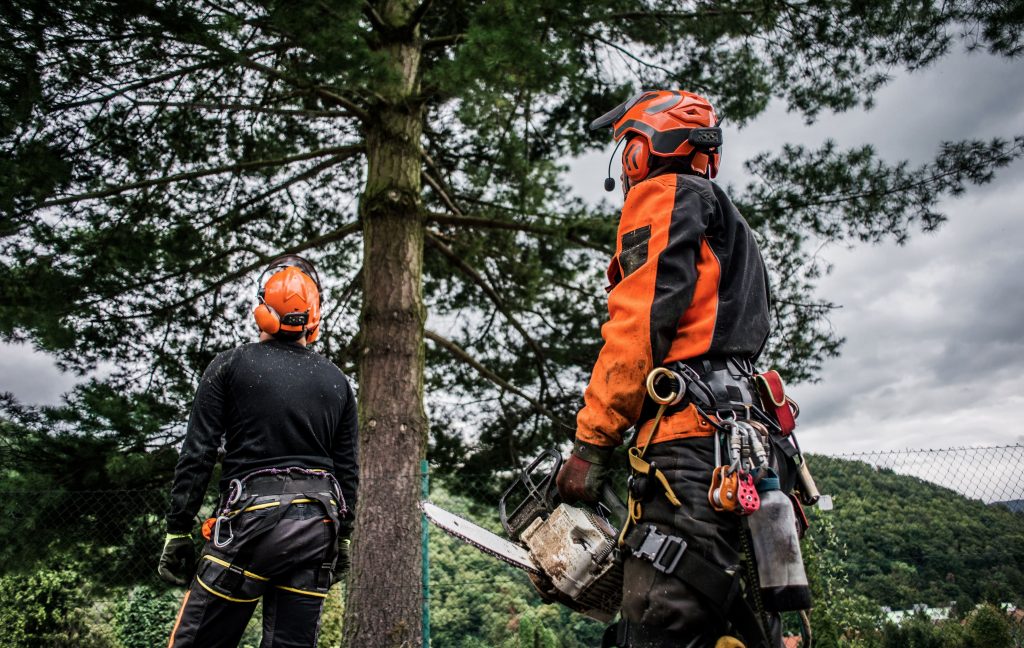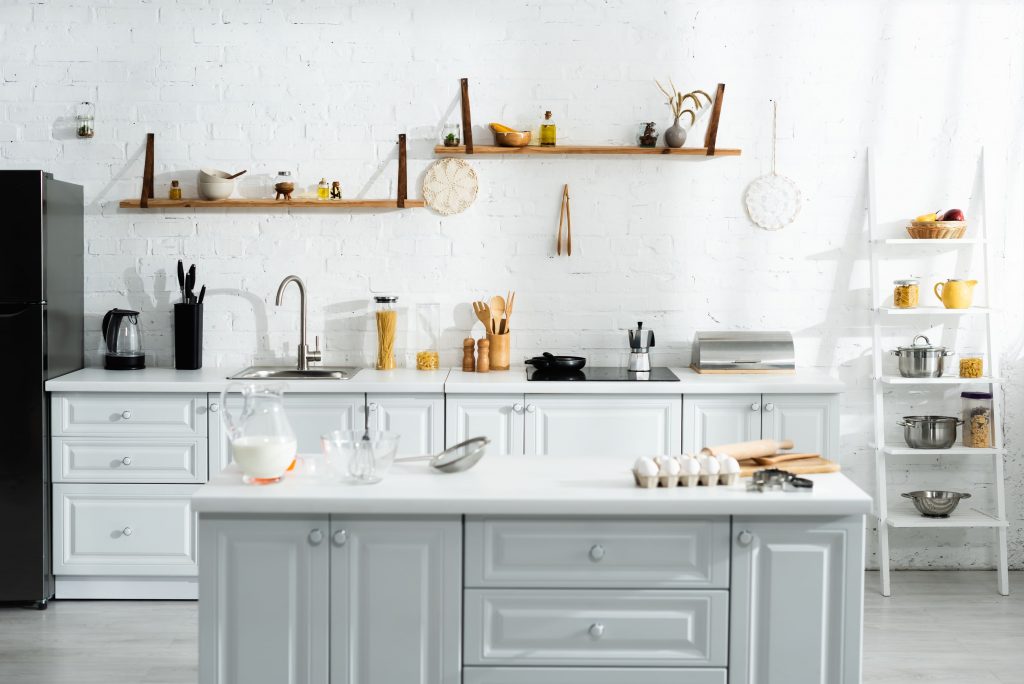Never Mow Again: Front Yard Lawn Alternatives That Save Time, Water, and Money
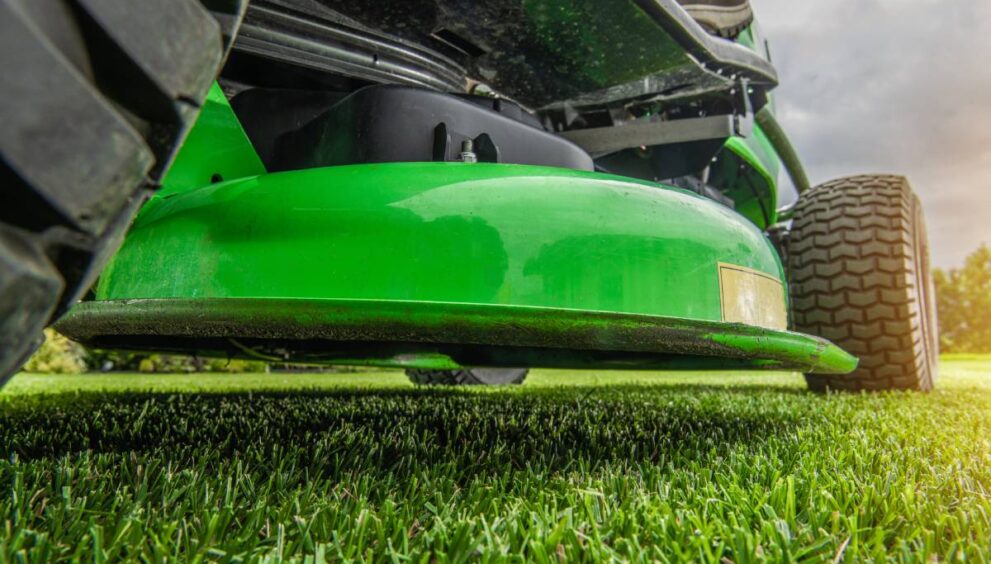
Maintaining a perfect green lawn has long been a badge of honour in suburban life. But for many of us, the time, effort, and resources it takes to keep that pristine look are no longer worth the hassle. Between mowing, edging, watering, fertilising, and dealing with weeds, a traditional lawn can turn into a full-time job. Then there’s the environmental cost—noise from lawn mowers, air pollution, chemical runoff, and significant water waste during summer.
Like many homeowners, I reached a point where I began asking: Is all this work really necessary? The return on investment (ROI) of keeping grass in my front yard just wasn’t adding up. After years of dead patches, weeds, and constant upkeep, I started exploring no-mow lawn alternatives. What I discovered was not only liberating but transformative for my outdoor space.
This comprehensive guide shares what I’ve learned—from practical no-mow solutions to tips for converting your lawn, with inspiration from my personal project. And if you’re in Sydney, you’ll be glad to know that A View Turf in Sydney can also help you source quality turf alternatives if you want low-maintenance but still want some green coverage.
Why Ditch the Traditional Lawn?
Before we dive into the alternatives, it’s worth addressing the reasons so many homeowners are giving up on their lawns.
- Time-Consuming: Regular mowing, trimming, and weeding can consume hours each week.
- Expensive: Watering, fertilisers, herbicides, and maintenance costs add up quickly.
- Environmental Concerns: Lawns can cause significant water waste and pollution from chemical runoff.
- Poor ROI: Lawns don’t offer a great return in terms of aesthetics or sustainability—especially if you end up with brown patches, weeds, and pest problems.
For me, the realisation came when I stood in front of my home and saw more weeds and dry patches than actual grass. It was time for a better solution.
Popular No-Mow Lawn Alternatives
After extensive research online and through gardening books, I found several viable options for front yard lawn alternatives:
1. Ground Cover Plants
Ground covers are low-growing plants that spread across the soil surface and require minimal maintenance. Many are drought-tolerant and pollinator-friendly.
Common ground covers include:
- Creeping Thyme
- Violets
- Bugleweed (Ajuga)
- Sweet Woodruff
- Sedum “Angelina”
- Pansies
These provide lush greenery and seasonal blooms without constant mowing or watering.
2. Crushed Rock or Gravel
A popular landscaping material, crushed rock is durable, aesthetically clean, and easy to maintain. You can even mix in stepping stones or decorative boulders for visual interest.
3. Wood Chips or Mulch
An affordable and eco-friendly option, wood chips are great for high-traffic areas or larger spaces. They suppress weeds, allow rainwater to penetrate, and decompose naturally over time.
4. Edible Landscaping
Why not turn your front yard into a mini-farm? Fruit trees, herbs, or trailing crops like pumpkins and melons make your space both beautiful and functional.
How to Get Rid of Your Lawn Permanently
Once you’ve decided to switch from traditional turf, the next step is lawn removal. Here are three methods that work:
Use a Sod Cutter
For a fast and clean lawn removal, rent a sod cutter or buy a handheld version for smaller areas. This allows you to roll up the grass like a rug and remove the roots.
Weed Killer (Caution Advised)
While effective, this method uses herbicides like glyphosate that can harm surrounding ecosystems. It kills the grass but leaves behind dead patches and potential residue that may impact new plant growth.
Black Plastic or Cardboard Sheet Mulching
A more eco-friendly method is smothering the lawn with black plastic or cardboard. It takes longer but eliminates grass without chemicals. Landscape fabric is a breathable option if you expect rainfall.
My Front Yard Transformation: Step-by-Step
Step 1: Manual Removal
I started by digging out the grass along the driveway and edges. This allowed for clean transitions into flower beds and pathways.
Step 2: Cardboard Layering
I collected large shipping boxes from work, removed the tape, and laid them flat across the remaining lawn. This created a biodegradable weed barrier.
Step 3: Top Dressing with Dirt and Mulch
I didn’t wait for the grass underneath to fully die. I covered the cardboard with a thick layer of compost and wood chips right away. This allowed me to see immediate visual progress—perfect for an impatient gardener like myself.
Choosing the Right Ground Cover
With the new topsoil in place, I began planting low-maintenance ground covers. Some plants were transplanted from other parts of my yard, and I also experimented with seeds.
My selection included:
- Violets and Pansies for seasonal colour.
- Bugleweed and Sweet Woodruff for their spreading ability.
- Sedum “Angelina” for drought resistance.
After planting, I mulched lightly and watered regularly during the first season. Once established, these plants required almost no care.
Not only did this ground cover look beautiful, but it also attracted butterflies, bees, and beneficial insects—something grass never did.
High-Traffic Solutions: Wood Chips for the Win
For areas where we walk often or plan to sit, I opted for wood chips. They were easy to install and maintain and gave a clean, rustic look to the space.
Why I Chose Wood Chips:
- Affordable in Bulk: You can often get free or discounted wood chips from local tree services or purchase bulk loads from landscaping supply centres.
- Natural Drainage: Unlike concrete or turf, wood chips let water through.
- Low Maintenance: Just rake occasionally and top up every couple of years.
I considered stepping stones but decided against it. Skipping the path saved money and created a more relaxed, natural layout.
Decorative Additions to Your Lawn-Free Yard
Once the lawn was gone, I had the freedom to get creative. Some elements I added or planned to add include:
- Large decorative flower pots
- Bird baths
- A bench or lawn chairs
- Raised vegetable beds
These features make the yard both usable and visually appealing—without the need to mow around them.
Tips for Success
- Start Small: Tackle one section of your yard at a time.
- Observe Your Microclimate: Choose plants that already thrive in your area.
- Layer for Success: Use cardboard and mulch to prevent regrowth and feed the soil.
- Check Local Resources: For Sydney residents, A View Turf in Sydney offers various options for those seeking both natural turf and low-maintenance alternatives.
Final Thoughts: Ditching the Lawn Was the Best Decision
Since replacing my traditional lawn, I’ve reclaimed my weekends, saved money, and dramatically reduced my water usage. My yard is now a haven for pollinators, full of texture, colour, and life—and I never have to mow again.
If you’re looking to transform your own yard, don’t feel limited to the standard lawn. With a little creativity and some planning, your front yard can become a beautiful, low-maintenance, eco-friendly space you’ll be proud of.
Whether you go for lush ground covers, durable wood chips, or even a fruit and veggie garden, the result will be worth it. And if you’re in the Sydney area, don’t forget to consult with A View Turf in Sydney for guidance on selecting the right materials and turf alternatives to suit your landscape goals.

 English
English 